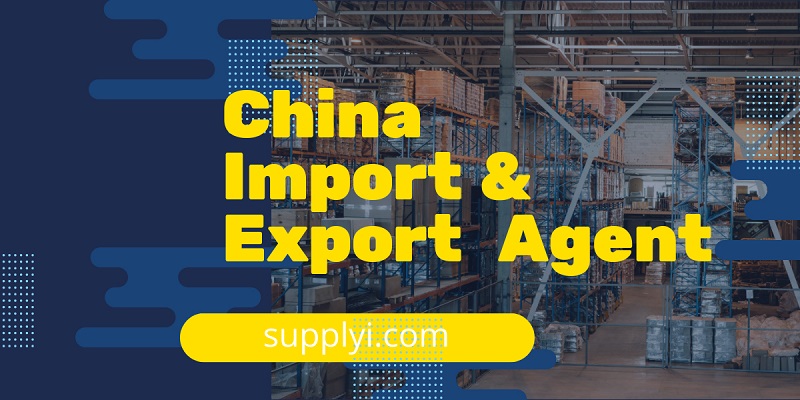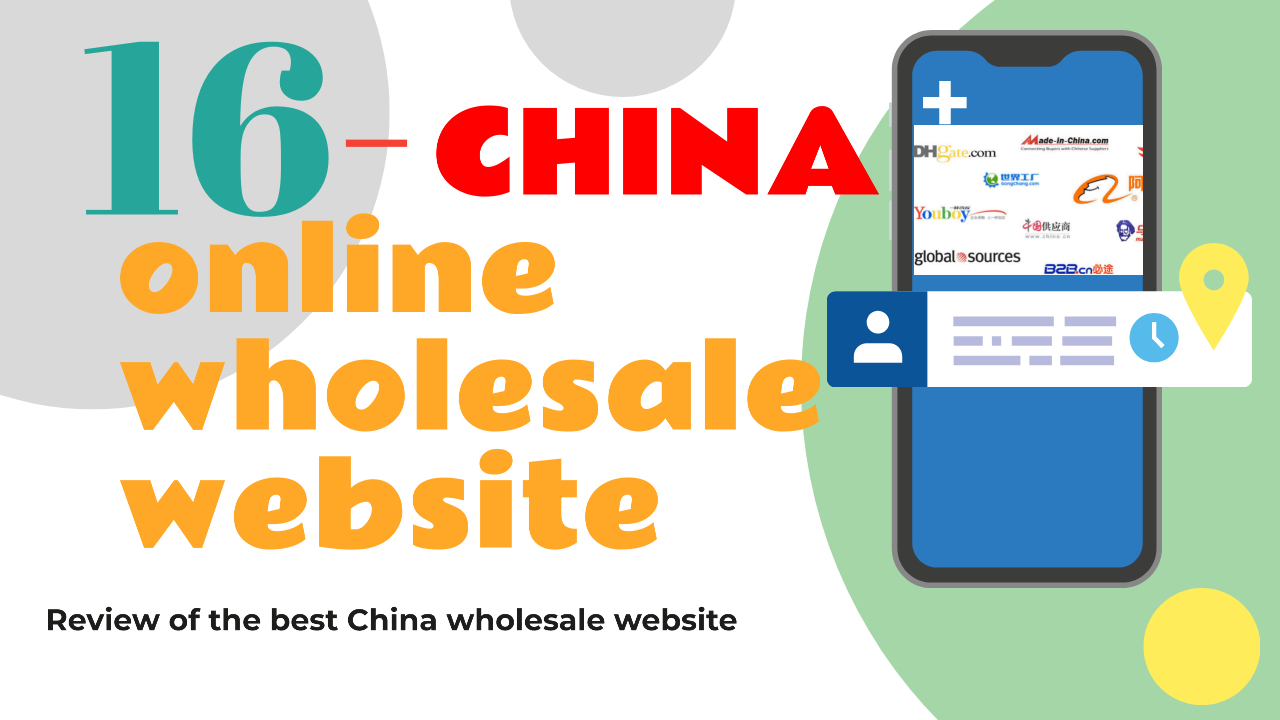How to Buy Cheap Wholesale Products?
Table of Contents
Understanding Wholesale Buying
Buying wholesale products involves purchasing goods in bulk at discounted prices from suppliers, typically for resale in retail, e-commerce, or business use.
This approach lowers your cost per unit, improves profit margins, and streamlines inventory management compared to retail purchases.
However, success depends on finding reliable suppliers, verifying quality, and negotiating terms like minimum order quantities (MOQs).
The “best” way varies by your business size, niche (e.g., beauty, electronics, groceries), and location, but online B2B marketplaces are often the most accessible starting point for beginners due to their ease, variety, and low barriers.
Top Methods to Buy Wholesale Products
Here are the most effective strategies, ranked by accessibility for small businesses or startups (based on ease of entry, cost, and reliability).
Start with online wholesale cheap platforms if you’re new.
| Method | Description | Pros | Cons | Best For |
|---|---|---|---|---|
| Online B2B Marketplaces (e.g., Alibaba, Faire, Wholesale Central) |
Digital platforms connecting buyers to global or local suppliers. Search by category, compare prices, and order directly. | Vast selection; easy filtering by MOQ, shipping, and reviews; often free to browse; net-60 payment terms on sites like Faire. | Potential for counterfeit goods (vet suppliers); higher MOQs on international sites like Alibaba. | Beginners in e-commerce or retail; dropshipping. |
| Direct from Manufacturers | Contact producers via their websites or emails for bulk deals, bypassing middlemen. | Lowest prices; customizable orders; quality control. | Harder to find contacts; may require high MOQs or business proof (e.g., reseller’s license). | Established businesses scaling up; niche products like self-defense gear. |
| Trade Shows & Industry Events | Attend in-person or virtual expos to meet suppliers, sample products, and negotiate on-site. | Build relationships; see products firsthand; exclusive deals. | Travel costs; seasonal (check calendars like those from Shopify or Trade Show News Network). | Networking-focused buyers; discovering trends in categories like food or apparel. |
| Word of Mouth & Referrals | Ask peers, join forums (e.g., Reddit’s r/ecommerce), or use LinkedIn for recommendations. | Pre-vetted suppliers; trusted insights. | Limited to your network; slower for broad searches. | Local or niche markets; Canada-based businesses. |
| Specialized Distributors (e.g., Amazon Business, Costco Wholesale) |
Buy from established chains or platforms tailored for business accounts. | Reliable delivery; easy returns; no MOQ for some. | Higher prices than pure wholesalers; limited exclusivity. | Quick bulk buys for offices or groceries. |
Buy Wholesale Cheap Products from China
Buying cheap products in bulk from China is achievable, but it’s essential to know your quality expectations and target market.
Start by researching products and identifying reliable suppliers through online marketplaces like Alibaba and Global Sources, or by attending trade shows like the Canton Fair. Verify suppliers by checking licenses and reading reviews.
Negotiate prices, order samples to ensure quality, and place your bulk order with a detailed purchase agreement. Use secure payment methods like PayPal and consider using a freight forwarder for shipping logistics.
Understand import duties and regulations in your country, and inspect the shipment upon arrival to ensure it meets your standards.
How to Buy Wholesale Cheap Products from China?
-
Research and Identify Products
- Market Research: Determine which products you want to buy and sell. Look for trending items or products with high demand in your target market.
- Competitor Analysis: Check what similar businesses are selling and identify potential gaps in the market.
-
Find Reliable Suppliers
- Online Marketplaces:
- Alibaba: One of the largest online platforms for finding suppliers in China. It provides a wide range of products and suppliers.
- Global Sources: Another popular platform for sourcing products from verified suppliers.
- Made-in-China: A comprehensive platform that connects buyers with Chinese manufacturers.
- DHgate: A wholesale platform that offers smaller quantities, making it suitable for smaller businesses.
- Trade Shows: Attend trade shows such as the Canton Fair to meet suppliers in person and inspect products directly.
- Supplier Verification: Ensure that the suppliers are legitimate by checking their business licenses, asking for references, and reading reviews from other buyers.
- Online Marketplaces:
-
Negotiate Prices and Terms
- Request Quotes: Contact multiple suppliers to get quotes and compare prices.
- Negotiate: Discuss prices, minimum order quantities (MOQs), payment terms, and delivery times. Be clear about your quality requirements and shipping preferences.
-
Order Samples
- Quality Check: Order samples from shortlisted suppliers to evaluate the quality of the products.
- Verify Details: Check that the product specifications match your requirements.
-
Place Bulk Orders
- Finalize the Order: Once you are satisfied with the samples, place your bulk order.
- Purchase Agreement: Make sure to have a written agreement that outlines all terms, including product specifications, delivery schedule, payment terms, and dispute resolution.
-
Payment Methods
- Secure Payments: Use secure payment methods like PayPal, credit cards, or escrow services provided by platforms like Alibaba Trade Assurance to protect your transaction.
- Payment Terms: Common terms include a 30% deposit upfront and 70% upon shipment.
-
Shipping and Logistics
- Shipping Options: Choose between air freight (faster but more expensive) and sea freight (cheaper but slower).
- Freight Forwarders: Consider using a freight forwarder to handle shipping logistics and customs clearance.
- Incoterms: Understand shipping terms like FOB (Free on Board) and CIF (Cost, Insurance, and Freight) to know your responsibilities and costs.
-
Customs and Import Regulations
- Import Duties: Be aware of import duties and taxes in your country.
- Compliance: Ensure that the products comply with local regulations and standards.
- Documentation: Prepare necessary documents like invoices, packing lists, and bills of lading.
-
Inspect the Shipment
- Quality Inspection: Inspect the goods upon arrival to ensure they meet the agreed quality standards.
- Resolve Issues: If there are any issues, communicate with the supplier immediately to resolve them.
-
Build Long-term Relationships
- Supplier Relationships: Building a good relationship with reliable suppliers can lead to better terms, discounts, and smoother transactions in the future.
- Feedback: Provide feedback to the supplier to help improve their service and product quality.
Companies Purchasing Goods from China
-
Apple Inc.
Apple manufactures many of its products, including iPhones, iPads, and MacBooks, in China through contract manufacturers like Foxconn and Pegatron.
-
Walmart
Walmart sources a wide range of consumer goods, including electronics, clothing, and household items, from China to stock its global retail stores.
-
Nike
Nike produces a significant portion of its footwear and apparel in China, along with other countries in Asia.
-
General Motors (GM)
GM sources automotive parts and components from China for its global manufacturing operations.
-
Procter & Gamble (P&G)
P&G sources various consumer goods, such as personal care products and household items, from Chinese manufacturers.
-
IKEA
IKEA sources a variety of furniture and home decor items from China, benefiting from the country’s manufacturing expertise in this sector.
-
Adidas
Like Nike, Adidas also sources a large portion of its sportswear and footwear from Chinese factories.
-
Best Buy
Best Buy imports a range of electronics and consumer goods from China to sell in its retail stores.
-
Home Depot
Home Depot sources a variety of home improvement products, tools, and decor items from Chinese suppliers.
-
Target
Target imports a significant amount of its clothing, toys, electronics, and home goods from China.
-
Dell
Dell sources components and assembles many of its computers and related products in China.
-
Huawei
Although primarily a Chinese company, Huawei sources components from within China for its telecommunications and consumer electronics products.
-
Samsung
Samsung sources various components and even manufactures some of its products, like smartphones, in China.
-
Sony
Sony sources electronics components and assembles some of its products, such as TVs and gaming consoles, in China.
-
Amazon
Amazon sources a vast array of goods from China, ranging from electronics to household items, to sell on its e-commerce platform.
Building long-term relationships with suppliers can lead to better terms and smoother transactions. Start with smaller orders to minimize risk, stay updated on market trends, and seek legal advice if necessary to protect your business interests.
Top 21 Niche Products: How to Get Cheap Products from China?





